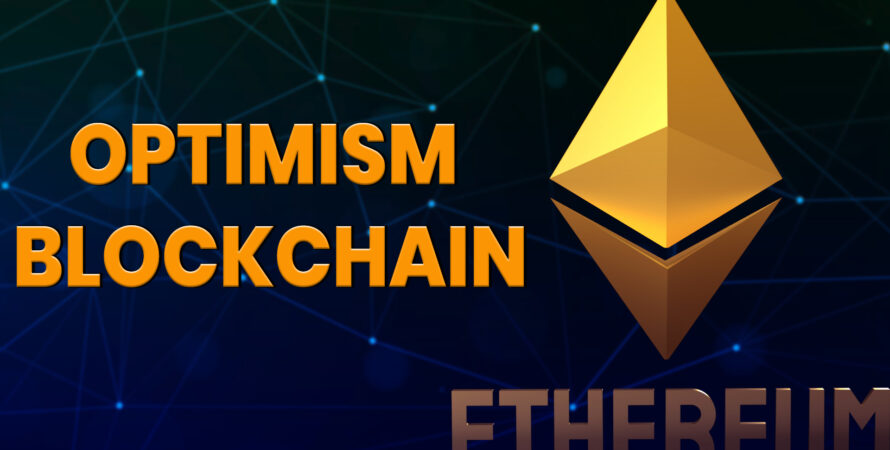- Ethereum scalability is a serious issue as the speed of transactions per second is low.
- The approaches demand the sacrifice of decentralization and security of the network.
- Optimism blockchain is a better solution as it does not sacrifice the decentralization and security of Ethereum’s network.
Ethereum scaling is defined as the handling of a network to maintain high transaction speed and transaction throughput without compromising functionality concerning decentralization and security. Decentralization is the biggest challenge to Ethereum’s scalability because of the non-involvement of intermediaries. Optimism blockchain gives greater hope in this to improve Ethereum’s scalability without compromising security or decentralization.
Ethereum Scalability
Ethereum scalability refers to the ability of a network to accommodate large amounts of transactions without affecting decentralization or security. Scalability refers to transaction speed and transaction throughput (TPS, transactions per second).
Scalability is a major issue in the cryptocurrency industry, as the speed of crypto transactions is not as fast as the speed of traditional currency payment methods. On average, Ethereum transactions are 15-30 per second. However, the condition of Bitcoin’s scalability is even worse than that of Ethereum because there are around 3-7 transactions per second. Hence, Bitcoin is considered more decentralized and secure than Ethereum.
The major challenge in scaling Ethereum is decentralization and like many decentralized finance (DeFi) apps, Ethereum follows the blockchain technology model for working. In blockchains, many nodes are present in the form of participants. All nodes must participate in the consensus process of the crypto coin. These nodes relay block the speed of transactions because validation work has to be done by all nodes and as a result of this, Ethereum has a low TPS rate.
The DeFi apps enable users to secure loans, trade, lend, and do other financial activities without the involvement of any third party and decrease transaction speeds. Due to the low TPS, transaction fees and speed end up rising due to network congestion. Users of Ethereum cryptocurrency are also increasing, which is also increasing traffic at network sites.
The easiest way for developers to solve the issue of Ethereum scalability is to sacrifice security and decentralization. The decentralized nature of cryptocurrency work is affecting transaction speeds. There are many scaling approaches for Ethereum to solve this issue of increasing scalability, such as on-chain scaling and off-chain scaling.
Optimism Blockchain
It is a Layer 2 scaling solution for Ethereum that supports Ethereum dApps. Optimism puts all transaction data on-chain and runs computation off-chain instead of running all computation and data on the Ethereum network. It increases Ethereum’s transactions per second and decreases transaction fees. The approach to resolving the scalability of Ethereum is the sacrifice of decentralization and security. But here, since transaction data still stays on the Ethereum network, this scaling solution does not sacrifice Ethereum’s security and decentralization.
Conclusion
Hence, the optimism blockchain is the best solution to resolve the problem of Ethereum’s scalability, as it does not sacrifice the decentralization and security of Ethereum’s network. It puts all the transaction data on-chain and increases the speed of transactions per second.




